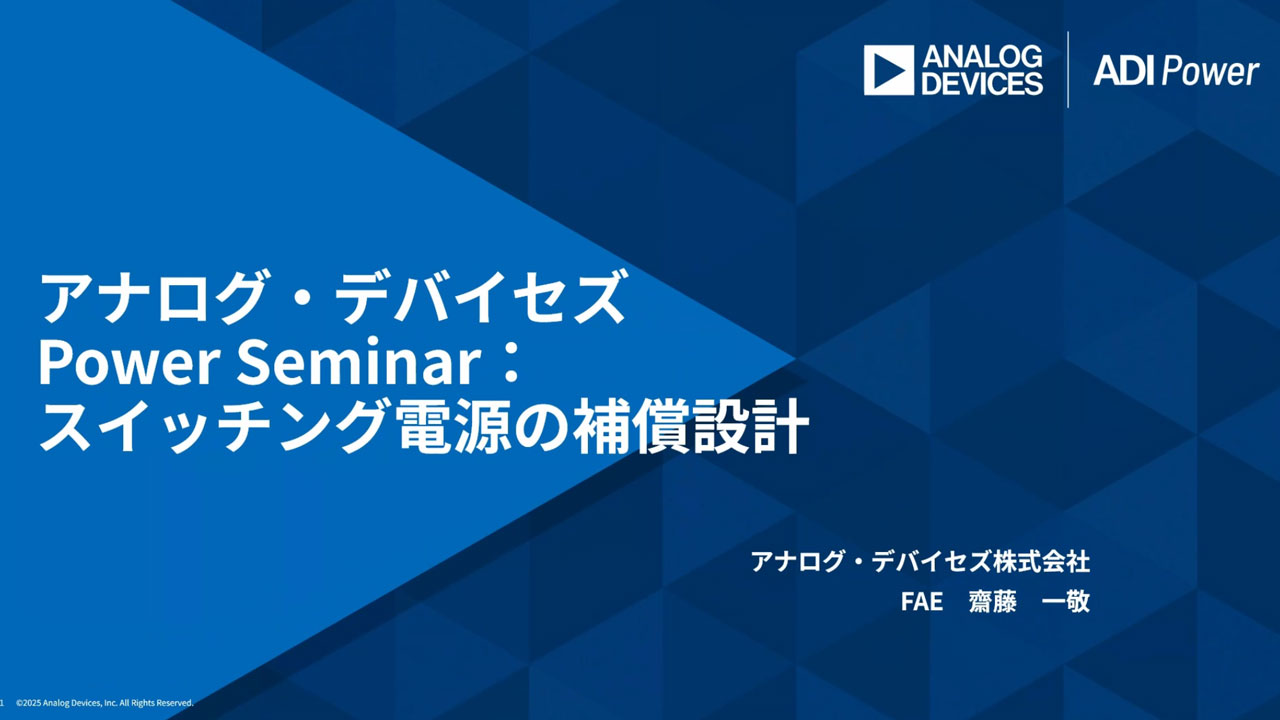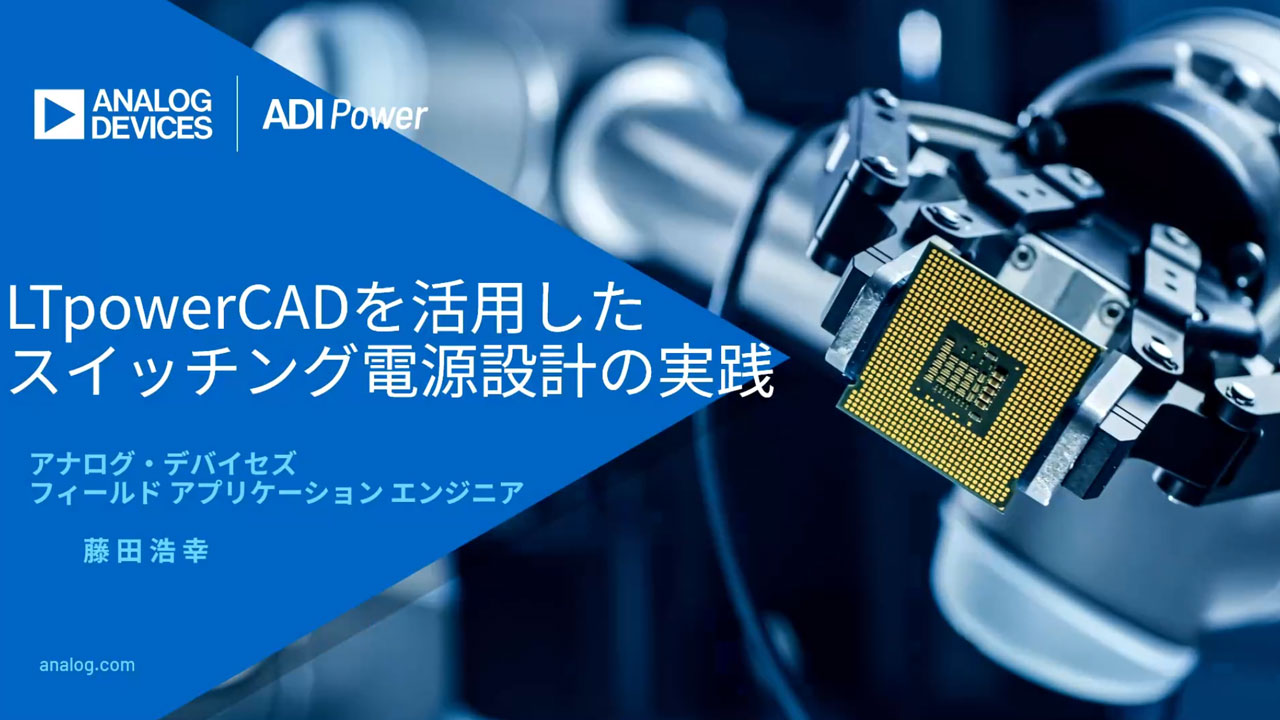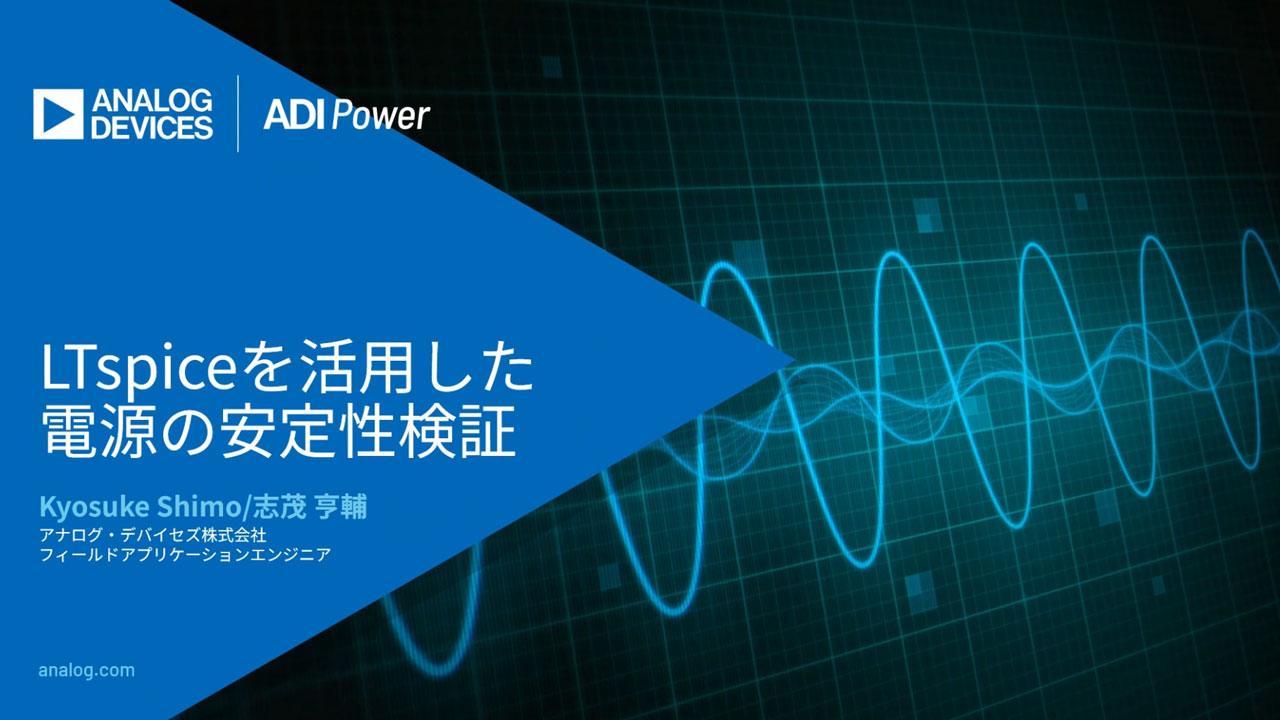A New, Fully Differential, No Latency Delta-Sigma ADC Family
Introduction
In recent years, Analog Devices has introduced a family of high resolution delta-sigma analog-to-digital converters. Originating from the LTC2400, this product family features high accuracy (10ppm total error), ease of use (8-pins, on-chip oscillator, no latency) and low drift (user-transparent offset/full-scale calibration). This product family includes single-ended one-, two-, four- and eight-channel input devices with user-selectable 50Hz or 60Hz line-frequency rejection.
A new family of differential-input delta-sigma analog-to-digital converters is introduced here. These converters offer features similar to those of the previous family, with the addition of differential input and differential reference. All devices offer compatible timing and interface with the original LTC2400, as well as transparent calibration, no latency, on-chip oscillator and wide supply (2.7V–5.5V), input and reference ranges.
The first part, the LTC2410, features 0.1ppm offset error, 2ppm INL, 0.16ppm RMS noise, and a common mode reference/input range of GND to VCC, all in a GN-16 package. The second part, The LTC2411, is packaged in a tiny 10-pin MSOP package with differential input and differential reference. The third part, the LTC2413, offers simultaneous 50Hz and 60Hz rejection and is pin and performance compatible with the LTC2410.
These new differential delta-sigma devices are presented here in applications exemplifying their performance and ease-of-use, including a full-bridge digitizer, a DC-accurate digital voltmeter (DVM), a remote 4-wire half-bridge interface and an application that features simultaneous 50Hz/60Hz rejection.
Full-Bridge Digitizer
As shown in Figure 1, the LTC2410 (the LTC2413 can be substituted in any LTC2410 application) directly interfaces to a 4- or 6-terminal bridge. Its small size (GN-16, the same footprint as an SO-8) and the ease-of-use (no external oscillator, no user calibration required, 10nV/°C offset drift) allow the LTC2410 to be incorporated inside a load-cell body. This replaces long analog wiring with a 2- or 3-wire digital interface, simplifying input protection, RFI suppression and errors associated with these wires.

Figure 1. Direct bridge connection.
The LTC2410/LTC2413 noise performance is 800nVRMS with a 5V reference (22.6 noise-free bits). The typical bridge produces 2mV/volt of excitation, corresponding to a full-scale output of 10mV. The LTC2410 produces over 12,000 counts for this range without the added complexity of a programmable gain amplifier (PGA), offset calibration, full-scale calibration or external amplification. The absolute accuracy (offset + full-scale + linearity) of the LTC2410 is 3 parts per million, independent of the supply voltage and ambient temperature. This allows the user to reliably average multiple readings from the LTC2410. As a result, over 100,000 counts can be obtained by averaging 64 samples.
Digital Voltmeter (DVM)
An analog-to-digital converter used as the front end of a digital voltmeter requires excellent linearity and low noise over a wide dynamic range. Additionally, the converter’s offset error, offset drift, full-scale error and full-scale drift are critical to the overall performance. The LTC2410 offers 2ppm linearity with 0.16ppmRMS noise over the complete 5V input range. The part offers 0.1ppm offset with 10nV/°C drift and 2.5ppm full-scale accuracy with 0.03ppm/°C drift. With overall errors typically summing to less than 3ppm of VREF, this corresponds to six digits of accuracy.
The LTC2410’s 2-terminal reference and 2-terminal input have common mode input ranges extending from GND to VCC, independent of each other. As a result, ratiometric voltage measurements can be made directly with the LTC2410. As shown in Figure 2, the absolute accuracy of the LTC2410 enables reversal of input leads without shifts in the output code. For example, if VREF+ is tied to 5V, VREF– is tied to 0V, VIN+ is tied to 3V and VIN– is tied to 0V, the ADC will output a code corresponding to +3/5 of full-scale to within 3ppm. On the other hand, if VIN+ is tied to 0V and VIN– is tied to 3V (the input leads reversed), the ADC output will read –3/5 of full-scale to within 3ppm.

Figure 2. DVM lead-reversal experiment.
Half-Bridge Interface
Applications using RTDs and thermistors benefit from the large input common mode range of the LTC2410. As shown in Figure 3, this flexibility allows the reference resistor to directly drive the reference input and the RTD/thermistor to directly drive the input. Nonlinearity errors over the output voltage span of the RTD are eliminated using this configuration.

Figure 3. Half-bridge interface.
Simultaneous 50Hz and 60Hz Rejection
Many applications require simultaneous 50Hz and 60Hz rejection. While the LTC2410 offers pin-selectable 50Hz or 60Hz rejection, the LTC2413 simultaneously rejects both frequencies to 140dB common mode and 87dB normal mode. This is useful in applications where the destination country (line frequency) is unknown and a jumper or switch to select either 50Hz or 60Hz rejection is not practical.

Figure 4. Simultaneous 50Hz/60Hz rejection.
Conclusion
Analog Devices has introduced a new family of fully differential delta sigma analog-to-digital converters. The family consists of the LTC2410, a 800nVRMS noise device with 3ppm total unadjusted error, a pin/performance compatible simultaneous 50Hz/60Hz rejection device, the LTC2413, and the tiny (10-pin MSOP) LTC2411. These devices allow a direct connection to bridge sensors as well as a novel half-bridge interface. Their absolute DC accuracy rivals the performance of 6-digit DVMs.




















